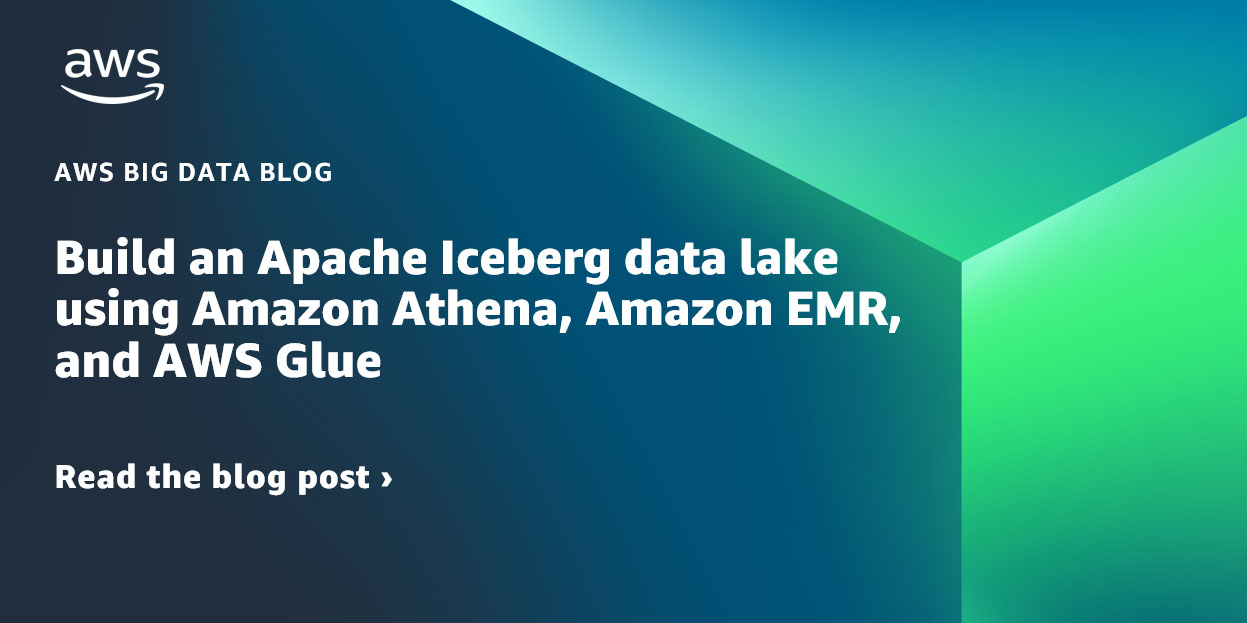AWS Big Data Blog
Sink Amazon Kinesis Data Analytics Apache Flink output to Amazon Keyspaces using Apache Cassandra Connector
August 30, 2023: Amazon Kinesis Data Analytics has been renamed to Amazon Managed Service for Apache Flink. Read the announcement in the AWS News Blog and learn more. Amazon Keyspaces (for Apache Cassandra) is a scalable, highly available, and managed Apache Cassandra–compatible database service. With Amazon Keyspaces you don’t have to provision, patch, or manage […]
Migrate from Snowflake to Amazon Redshift using AWS Glue Python shell
Amazon Redshift is a fast, petabyte-scale cloud data warehouse delivering the best price-performance. Tens of thousands of customers use Amazon Redshift to analyze exabytes of data per day and power analytics workloads such as BI, predictive analytics, and real-time streaming analytics without having to manage the data warehouse infrastructure. It natively integrates with other AWS […]
Disaster recovery considerations with Amazon EMR on Amazon EC2 for Spark workloads
Amazon EMR is a cloud big data platform for running large-scale distributed data processing jobs, interactive SQL queries, and machine learning (ML) applications using open-source analytics frameworks such as Apache Spark, Apache Hive, and Presto. Amazon EMR launches all nodes for a given cluster in the same Amazon Elastic Compute Cloud (Amazon EC2) Availability Zone […]
Build a high-performance, ACID compliant, evolving data lake using Apache Iceberg on Amazon EMR
Amazon EMR is a cloud big data platform for running large-scale distributed data processing jobs, interactive SQL queries, and machine learning (ML) applications using open-source analytics frameworks such as Apache Spark, Apache Hive, and Presto. Apache Iceberg is an open table format for huge analytic datasets. Table formats typically indicate the format and location of […]
Configure an automated email sync for federated SSO users to access Amazon QuickSight
Amazon QuickSight is a scalable, serverless, embeddable, machine learning (ML)-powered business intelligence (BI) service built for the cloud that supports identity federation in both Standard and Enterprise editions. Organizations are working towards centralizing their identity and access strategy across all their applications, including on premises, third-party, and applications on AWS. Many organizations use identity providers […]
Accelerate Amazon DynamoDB data access in AWS Glue jobs using the new AWS Glue DynamoDB Export connector
Jan 2024: This post was reviewed and updated for accuracy. Modern data architectures encourage the integration of data lakes, data warehouses, and purpose-built data stores, enabling unified governance and easy data movement. With a modern data architecture on AWS, you can store data in a data lake and use a ring of purpose-built data services […]
Stream change data to Amazon Kinesis Data Streams with AWS DMS
August 30, 2023: Amazon Kinesis Data Analytics has been renamed to Amazon Managed Service for Apache Flink. Read the announcement in the AWS News Blog and learn more. In this post, we discuss how to use AWS Database Migration Service (AWS DMS) native change data capture (CDC) capabilities to stream changes into Amazon Kinesis Data […]
Create cross-account, custom Amazon Managed Grafana dashboards for Amazon Redshift
Amazon Managed Grafana recently announced a new data source plugin for Amazon Redshift, enabling you to query, visualize, and alert on your Amazon Redshift data from Amazon Managed Grafana workspaces. With the new Amazon Redshift data source, you can now create dashboards and alerts in your Amazon Managed Grafana workspaces to analyze your structured and […]
Use AWS Glue to read and write Apache Iceberg tables with ACID transactions and perform time travel
September 2023: This post was reviewed and updated for accuracy. Nowadays, many customers have built their data lakes as the core of their data analytic systems. In a typical use case of data lakes, many concurrent queries run to retrieve consistent snapshots of business insights by aggregating query results. A large volume of data constantly […]
Build an Apache Iceberg data lake using Amazon Athena, Amazon EMR, and AWS Glue
March 2024: This post was reviewed and updated for accuracy. Most businesses store their critical data in a data lake, where you can bring data from various sources to a centralized storage. The data is processed by specialized big data compute engines, such as Amazon Athena for interactive queries, Amazon EMR for Apache Spark applications, […]









